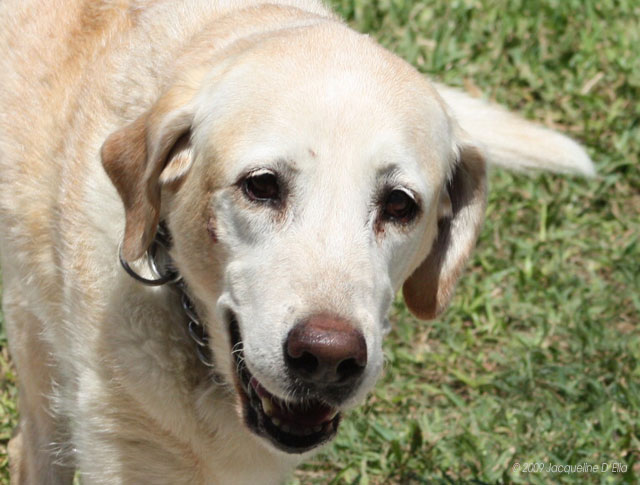 |
| Anatomy of the larynx (Image Source) |
Laryngeal paralysis is a condition many pet owners may not
be familiar with. It is typically associated with older, large breed dogs, but
in some instances can be seen in smaller dogs. Many people may know that the
larynx is the organ responsible for producing vocalization, however it plays a
much bigger role in our pet’s breathing than that. As the larynx moves it allows deep full
breathes to be achieved. It also covers the trachea so that when we are eating
foreign material is less likely to get into the respiratory tract. In laryngeal
paralysis this apparatus does not work appropriately. Therefore it is difficult
for patients to achieve adequate breathes and can lead to other respiratory
complications.
Most of the time laryngeal paralysis is a progressive
disease, however many times a diagnosis is made after a sudden crisis. Early signs
may of this condition may include a change in voice, intermittent coughing, and
panting even when resting. In an acute crisis typically the patient is in need
of a deep breathe, but cannot take one and begins to panic and it becomes a vicious
cycle or panic and rapid breathing. In these cases a trip to the vet is
warranted, and sometimes sedation may be necessary.
 |
| Diagnosis can be difficult and needs sedation and sometimes advanced equipment (Image Source) |
Definitively diagnosing laryngeal paralysis can be difficult.
This is because sedation is required as we need to view the back of the throat
and visualize the larynx. With over sedation the larynx will be paralyzed, but
with under sedation the patient will not allow us to view the necessary areas.
There are special drugs that can be administered once sedation is achieved so
the patient will take several deep breathes and we are able to assess how the
larynx is functioning.
 |
| Surgery can be pretty invasive and lead to other side effects, but may help improve your pets quality of life (Image Source) |
Once a diagnosis is made, there are several treatment
options, however none of them are 100% effective or without side effects. To
leave laryngeal paralysis untreated, would lead to repeated bouts of
respiratory distress that could eventually lead to unconsciousness and even
death (in extreme cases). Some areas at home that will help is trying to keep
patients as calm and cool as possible, managing any secondary effects (such as
aspiration pneumonia or megaesophagus, which are conditions we will talk about
in future blogs), and keeping the patient lean as extra weight makes it
difficult to breathe. There are surgical procedures that can help with the
laryngeal function. In many cases this will need to be performed by a board
certified surgeon. There are definite risks to the procedure and life style
changes that will have to made post-surgery. Working with your veterinarians
will help determine which options will be the best for you and your pet.
 |
| Older labs are some of the more common dogs we see affected by laryngeal paralysis (Image Source) |

No comments:
Post a Comment